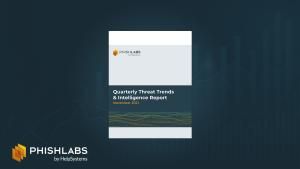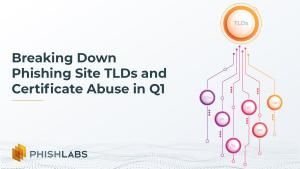Blog
Initial Access Brokers: Selling Entry into Your Network
By Jessica Ryan on Mon, 11/15/2021
Ransomware continues to grow as a thriving underground economy with limited risk and little barrier to entry. Ransomware attacks are supported by a robust ecosystem of dark web services, where many of the tasks needed to carry out an attack can be outsourced. These tasks are increasingly available and sold by threat actors who specialize in them. In this post, we take a look at Initial Access...



















